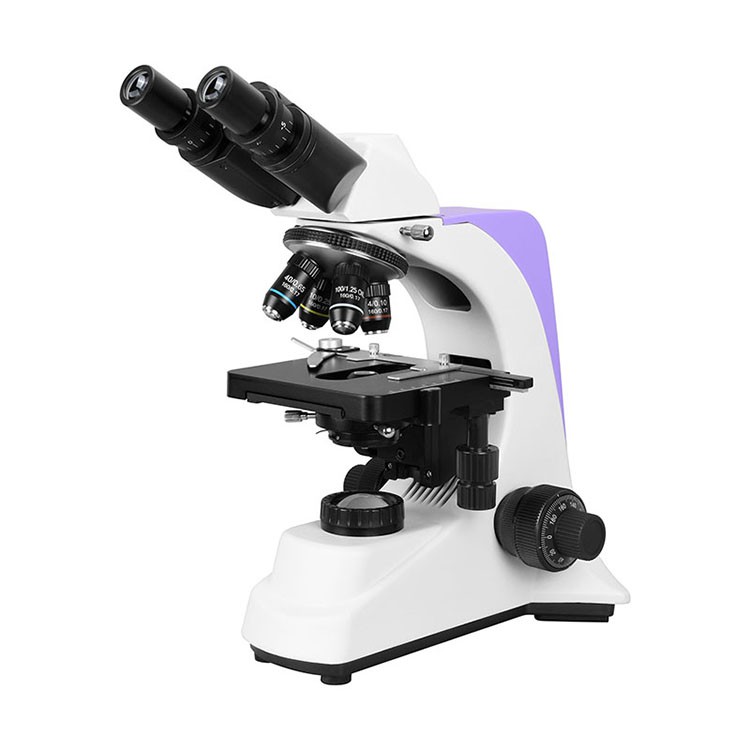Light microscope
Light microscopes are mainly composed of eyepieces, objectives, stages, and reflectors. Both the eyepiece and the objective lens are convex lenses with different focal lengths. The focal length of the convex lens of the objective is smaller than that of the convex lens of the eyepiece. The objective lens is equivalent to the lens of a projector, and the object passes through the objective lens to form an inverted, magnified real image. The eyepiece is equivalent to an ordinary magnifying glass, and the real image is formed into an upright, magnified virtual image through the eyepiece. Objects that pass through the microscope to the human eye become virtual images that are magnified by handstands. Mirrors are used to reflect and illuminate the object being observed. Reflectors generally have two reflective surfaces: one is a flat mirror, which is used when the light is strong; One is a concave mirror, which is used in low light and concentrates light.

Electron microscope
The resolving power of an electron microscope is expressed in terms of the minimum distance between two adjacent points that it can resolve. In the 70s of the 20th century, the resolution of transmission electron microscopes was about 0.3 nanometers (the resolving power of the human eye was about 0.1 mm). Now the maximum magnification of electron microscopes is more than 3 million times, while the maximum magnification of optical microscopes is about 2000 times, so the atoms of certain heavy metals and the neatly arranged atomic lattices in crystals can be directly observed through electron microscopes.




